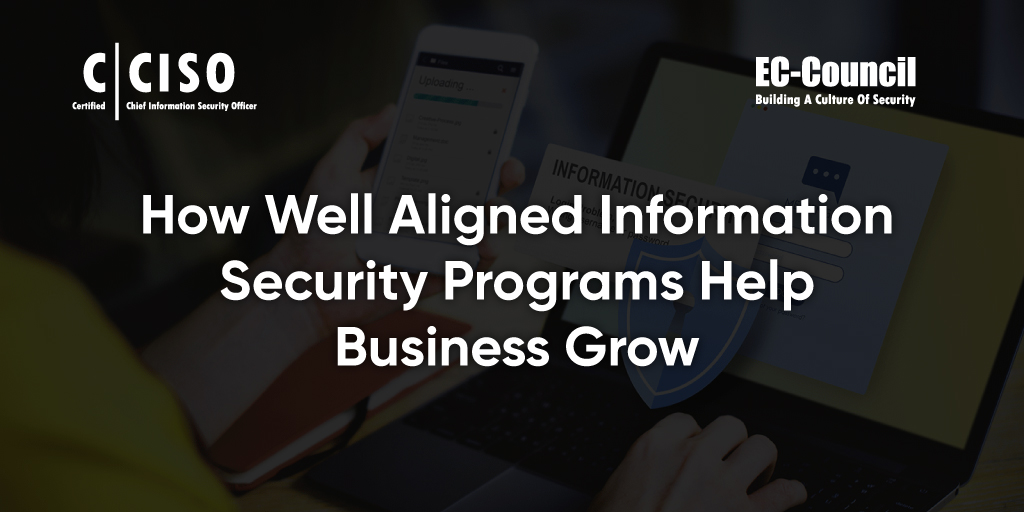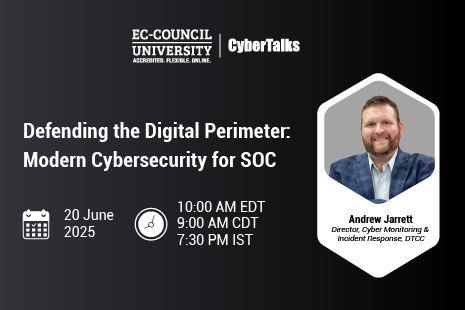Information security is a top priority for businesses, but ensuring that information security aligns with business objectives can be a challenge. Many factors need to be considered when designing an information security strategy, such as the type of data being protected and the risks associated with its loss or unauthorized access. In order to ensure that information security aligns with business objectives, businesses need to take a holistic approach that considers all aspects of the organization. Here we’ll explore how information security can be aligned with business objectives and discuss some key considerations for doing so.
Why Information Security and Business Objectives Should Be in Sync
You don’t need to be a chief security officer to know that information security is crucial for businesses. But what many don’t realize is that aligning information security goals with business objectives can be hugely beneficial for an organization.
When it comes to protecting your data and systems, you need to have a plan in place that covers all the potential threats. These include everything from malicious attacks to accidental data breaches. But if your information security strategy isn’t aligned with your business objectives, you could be missing out on opportunities to improve your overall security posture.
Here are a few reasons why information security and business objectives should be in sync:
1. Improves Security Posture
If you want to reduce the risk of a data breach or other security incident, you must take a holistic approach to information security. This means looking at all the potential threats and vulnerabilities and then implementing controls that mitigate those risks.
However, if your information security strategy isn’t aligned with your business objectives, you could be missing out on opportunities to improve your overall security posture. For example, you might implement a security control that doesn’t address a key vulnerability or fail to deploy a critical security update because it doesn’t fit with the organization’s business goals (Scalzo, C., 2018).
2. Plays a Key Role in Strategic Planning
Information security is a critical part of any business, and you should include it in your overall strategic planning. However, many organizations fail to take information security into account when they’re developing their business plans. This can lead to problems down the road, such as a lack of response plans in the event of a data breach or other security incident.
Aligning your information security strategy with your business objectives can help you avoid these problems and ensure that information security is given the attention it deserves. Including information security in your strategic planning will allow you to develop effective response plans and make sure that all stakeholders are aware of their roles and responsibilities in the event of a security incident (BizzSecure, 2020).
3. Establishes a Security-Focused Company Culture
Organizations are made up of different departments, each with its own objectives and goals. However, if there’s a disconnect between the information security team and the rest of the organization, it can lead to problems. For example, the marketing department might launch a new campaign without involving the security team, which could result in sensitive data being exposed.
Aligning your information security strategy with your business objectives can help you ensure that all departments are working together towards a common goal. In addition, establishing a security-focused company culture can help everyone in the organization understand the importance of information security and their role in protecting the company’s data.
4. Helps Mitigate Risks at Touch Points
One of the most important aspects of information security management is protecting your data from unauthorized access. There are many ways that attackers can gain access to your data, and having controls in place can mitigate these risks. For example, you might implement a password policy or use two-factor authentication to make it more difficult for attackers to gain access to your systems.
Aligning your information security strategy with your business objectives can help you ensure that you’re taking all the necessary steps to protect your data. This includes identifying all the potential risks and implementing controls that will mitigate those risks.
In addition, you can avoid these problems and improve your overall security posture. Implementing an effective information security strategy can help you protect your data, attract and retain customers, and improve your bottom line.
How the Certified CISO Program Helps
EC-Council’s Certified Chief Information Security Officer (C|CISO) program was developed in collaboration with top industry chief information security officers. The program focuses on the key domains of information security management and information security and business objectives.
The C|CISO program gives cybersecurity leaders the knowledge and skills they need to effectively lead their organizations in today’s ever-changing digital landscape.
EC-Council’s Certified CISO program is the only certification that covers all five domains of information security management:
- Governance
- Risk Management
- Asset Security
- Security Architecture and Design
- Security Operations
Businesses today are under more pressure than ever to protect themselves from a growing number of cyberthreats. Balancing the need for security with the demands of customers and partners can be a tough tightrope to walk, but it is possible to find alignment between these two competing interests.
By understanding your business objectives and using them as a guide, you can develop an information security strategy that meets your needs without sacrificing the agility or customer experience that your business depends on.
If you want to acquire the latest information security skills from a business management perspective, the C|CISO is the right fit. Join now!
References
BizzSecure. (2020, February 7). Why InfoSec departments and IT departments should stay in sync. https://www.bizzsecure.com/why-infosec-departments-and-it-departments-should-stay-in-sync/
Scalzo, C. (2018, June 8). Your business and IT strategies should be in sync, but not too much. Here’s why. Online Computers. https://www.onlinecomputers.com/2018/06/your-business-and-it-strategies-should-be-in-sync-but-not-too-much-heres-why/
About the Author
Ryan Clancy is a writer and blogger. With 5+ years of mechanical engineering experience, he’s passionate about all things engineering and tech. He also loves bringing engineering (especially mechanical) down to a level that everyone can understand. Ryan lives in New York City, and writes about everything engineering and tech.











